14 Enchanting European Towns with Stunning Architecture
European towns are known for their charming streets and beautiful buildings, and many offer a unique glimpse into history. From medieval castles to grand palaces, the architecture in these places tells a story. Whether you are wandering through cobblestone lanes or admiring intricate facades, there is something captivating about the sights that await. Take the time to explore these remarkable destinations, as they offer a window into Europe’s rich heritage. These towns stand out not just for their structures but for the beauty that surrounds them.
This post may contain affiliate links, which helps keep this content free. Please read our disclosure for more info.
Bruges, Belgium
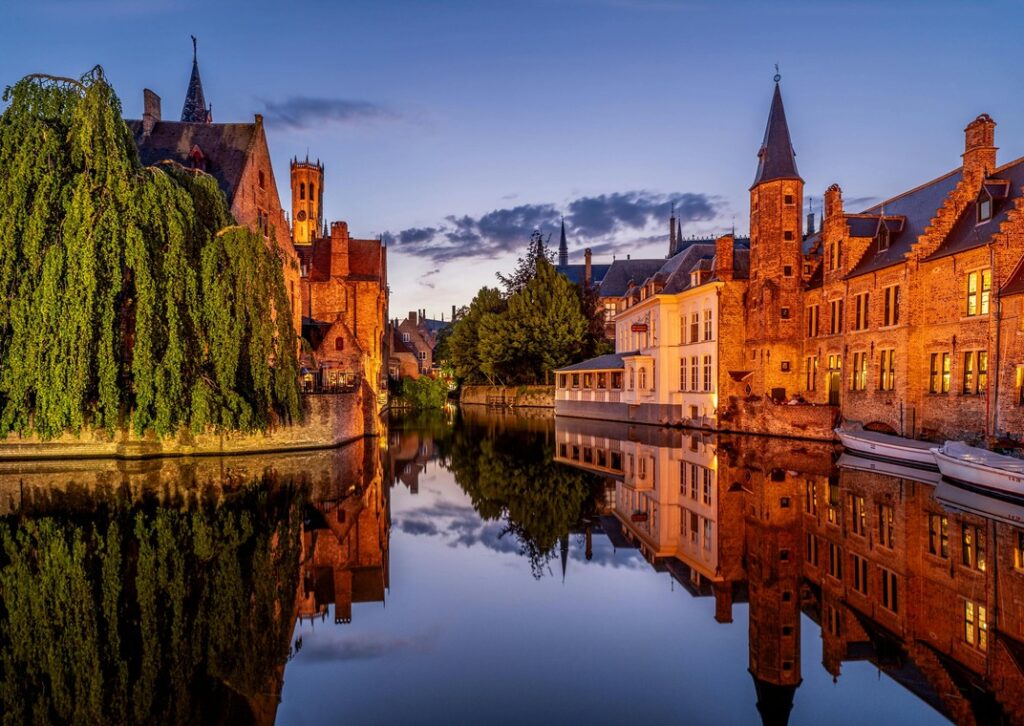
Bruges is a fairy-tale town known for its well-preserved medieval architecture. The narrow canals that weave through the city, lined with tall, narrow houses, create a picturesque setting. The Belfry of Bruges is one of the town’s highlights, with its impressive tower offering stunning views of the city. The Markt Square is another must-see, with its vibrant buildings and the majestic Provincial Court standing tall against the skyline.
The architecture of Bruges has remained largely unchanged for centuries, preserving its old-world charm. Gothic and Romanesque styles dominate the buildings, reflecting the town’s rich history. As you stroll through the cobbled streets, you will notice intricate facades and arches that transport you back in time. Bruges is a perfect destination for those wanting to experience medieval beauty up close.
Prague, Czech Republic
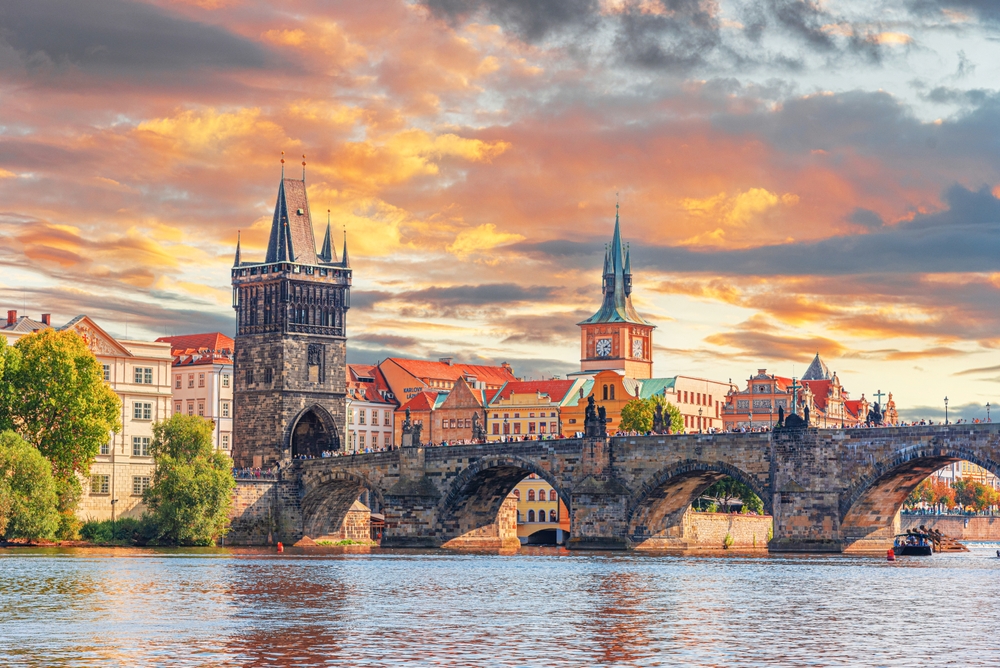
Prague is known as the “City of a Hundred Spires” due to its breathtaking skyline. The blend of Gothic, Romanesque, and Baroque architecture creates a visually stunning backdrop to the city. One of the town’s most iconic landmarks is Prague Castle, which overlooks the city and houses numerous architectural gems. The Old Town Square, with its Astronomical Clock and colorful buildings, is another captivating feature of the city.
Walking through the streets of Prague is like stepping into a history book, where every building tells its own story. The intricate designs of the buildings, from the grand palaces to the detailed churches, add to the town’s architectural wonder. The city has been carefully preserved, allowing visitors to experience its medieval and modern influences seamlessly. Prague offers a mix of history and beauty, making it one of Europe’s most enchanting cities.
Dubrovnik, Croatia

Dubrovnik, often referred to as the “Pearl of the Adriatic,” boasts a well-preserved medieval city center. The city walls that encircle Dubrovnik offer panoramic views of the Adriatic Sea and the terracotta rooftops. The Sponza Palace, with its stunning Renaissance architecture, is a prime example of Dubrovnik’s architectural splendor. The Rector’s Palace, a symbol of the city’s past glory, is another breathtaking structure to admire.
The city’s Old Town is a UNESCO World Heritage site, thanks to its unique blend of Romanesque, Gothic, and Renaissance styles. The limestone streets are lined with beautiful palaces, churches, and fountains. Dubrovnik’s architecture stands out for its harmony with the surrounding natural beauty, offering an unmatched visual experience. A stroll through the town reveals its rich history and the timeless elegance of its buildings.
Florence, Italy
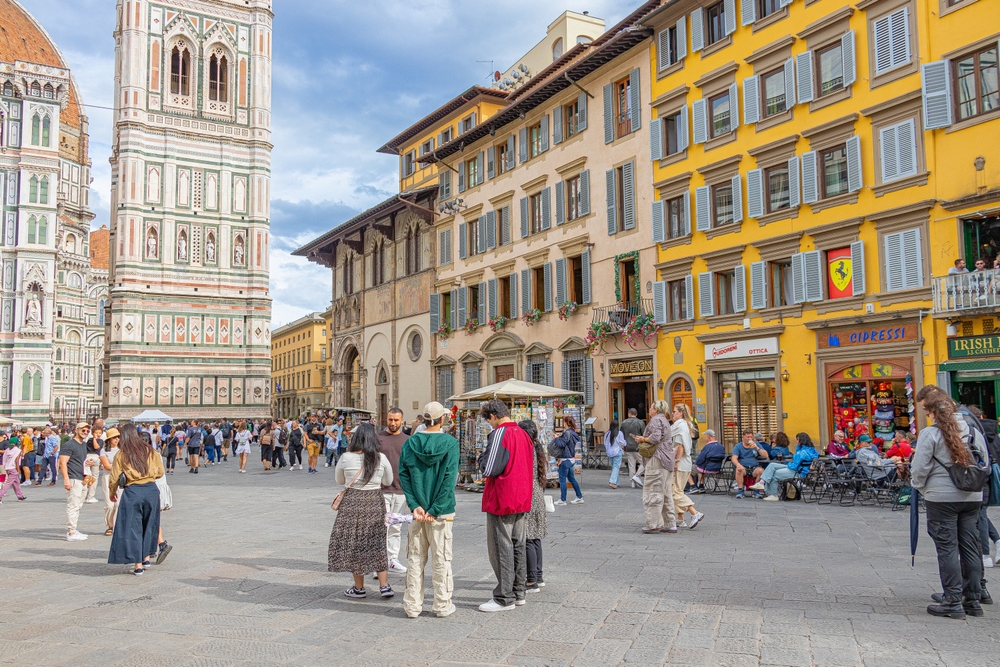
Florence is the birthplace of the Renaissance, and its architecture reflects this rich cultural heritage. The cathedral, Santa Maria del Fiore, with its striking dome designed by Brunelleschi, is the crown jewel of the city. Florence’s historic center is filled with magnificent palaces and museums, such as the Palazzo Vecchio and the Uffizi Gallery, showcasing incredible art and architectural design.
Florence’s architecture blends Gothic, Renaissance, and Baroque influences, making it one of the most architecturally diverse cities in Europe. The narrow streets are lined with grand buildings that boast intricate carvings and frescoes. As you walk through Florence, you cannot help but marvel at the way the city’s buildings showcase its artistic legacy.
Vienna, Austria
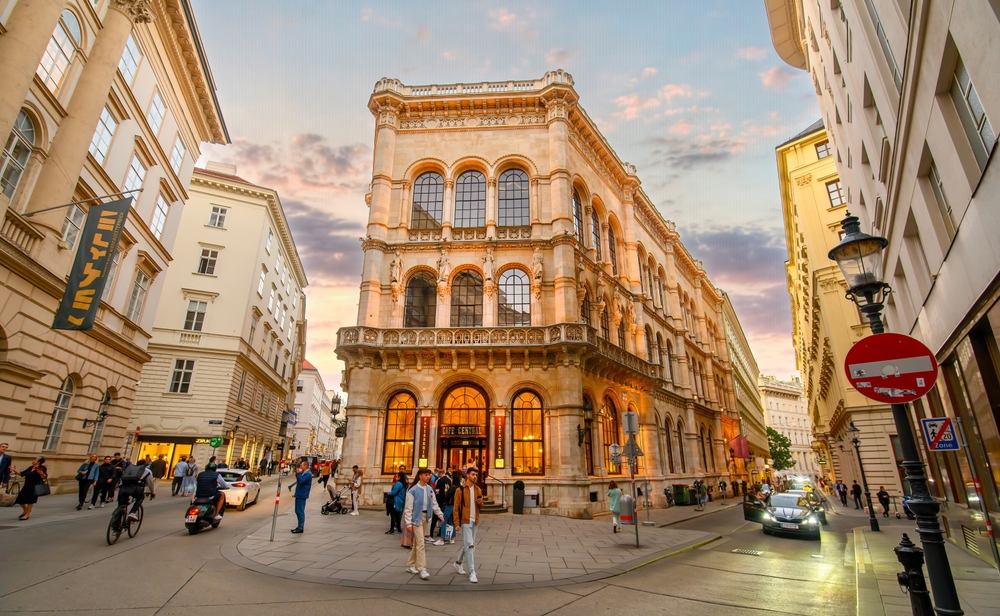
Vienna’s architecture is a blend of imperial elegance and modern flair, making it one of Europe’s most stunning cities. The Hofburg Palace and Schönbrunn Palace are prime examples of the grand Habsburg influence, with their magnificent baroque and rococo styles. The Stephansdom, or St. Stephen’s Cathedral, is a towering Gothic masterpiece in the heart of the city. The Belvedere Palace, with its sweeping gardens and intricate facade, adds another level of beauty to the city.
Vienna’s historic center is filled with elegant palaces, grand boulevards, and impressive monuments. The mix of classical and modern architectural styles gives the city a unique character. The Ringstrasse, a circular avenue lined with monumental buildings, is one of the highlights of Vienna’s architectural wonders. This city offers visitors an opportunity to admire the craftsmanship of both the past and the present.
Amsterdam, Netherlands
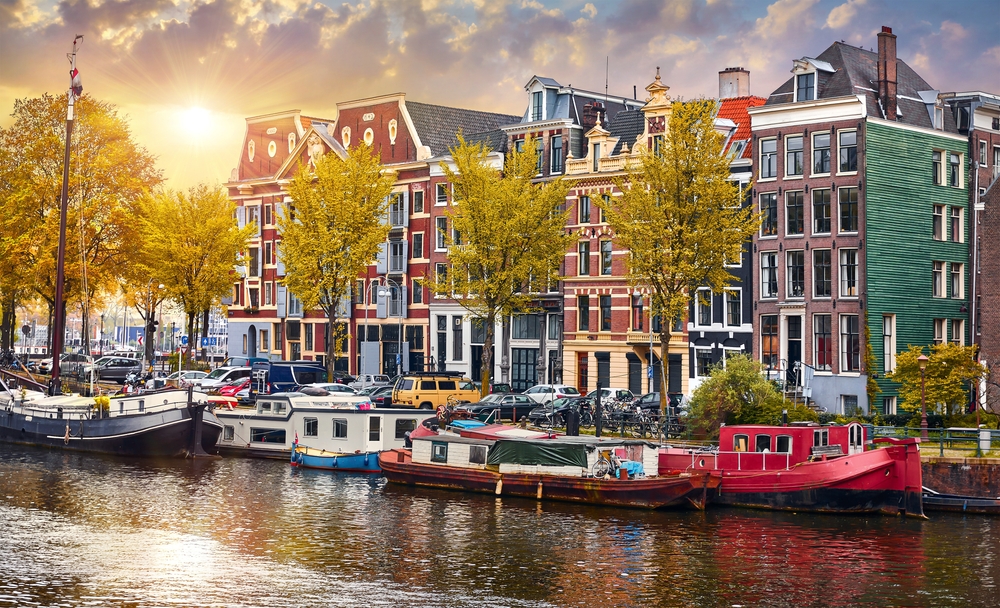
Amsterdam is known for its charming canals and the distinctive architecture that lines them. The narrow, gabled houses with their colorful facades create a picturesque scene, especially along the canal-side streets. The Anne Frank House, with its historical significance, is a must-see, while the Rijksmuseum offers a look at the city’s artistic heritage.
The city’s buildings are a blend of classic Dutch styles and modern designs, making it both historically rich and visually diverse. The twisting canal houses with their narrow facades and steep roofs are uniquely Amsterdam, adding to the city’s romantic charm. Walking through Amsterdam feels like stepping back in time, with the city’s historic architecture telling the stories of its past. It is a place where beauty and history intertwine effortlessly.
Salzburg, Austria
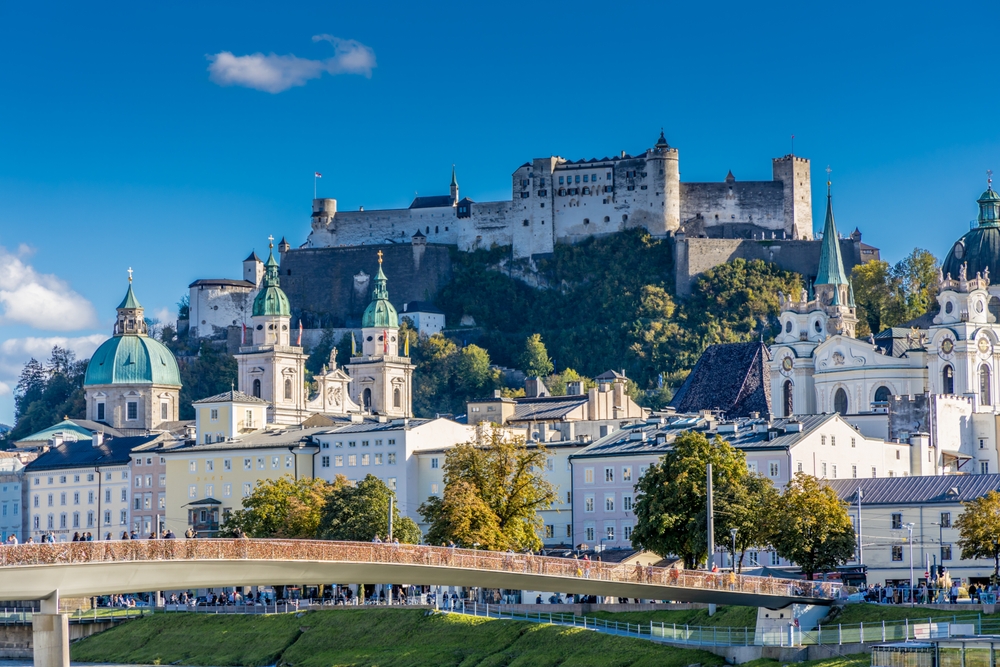
Salzburg is renowned for its baroque architecture, particularly the stunning Salzburg Cathedral. The Hohensalzburg Fortress, perched high on a hill, offers breathtaking views of the town and its beautiful buildings below. The Mirabell Palace and Gardens are another highlight, showcasing a blend of classic design and natural beauty. The Old Town, a UNESCO World Heritage site, is filled with colorful buildings and intricate sculptures that reflect the city’s rich history.
Salzburg’s streets are lined with baroque-style buildings that stand as a testament to the city’s opulent past. Its architecture is carefully preserved, allowing visitors to step back into the past while exploring its charming alleys. The combination of natural beauty, historical architecture, and the connection to music make Salzburg a unique destination.
Ghent, Belgium
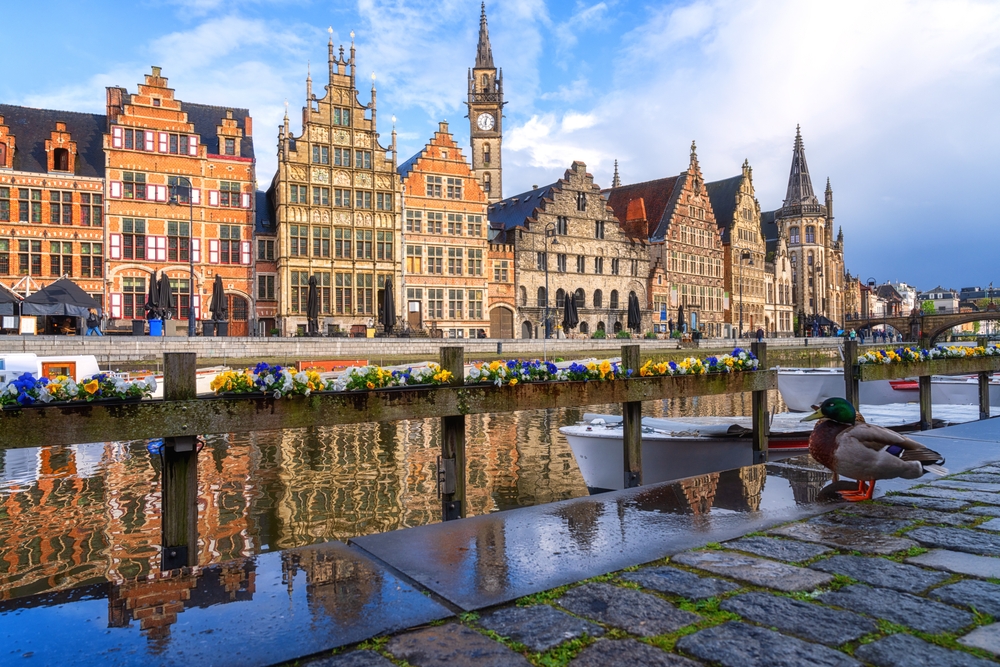
Ghent is a hidden gem in Belgium, offering visitors stunning architecture that reflects its rich medieval past. The Gravensteen Castle, with its towering walls and turrets, stands as a reminder of the city’s historic significance. The Saint Bavo’s Cathedral, with its Gothic design and stunning artworks, is another architectural marvel in Ghent.
The architecture in Ghent is a mix of medieval and Renaissance styles, offering a glimpse into the city’s evolution. The city’s vibrant buildings, including the Belfry of Ghent and the ornate facades of the Guild Houses, create an unforgettable visual experience. Walking through Ghent feels like stepping into a fairy tale, where every street corner holds a historical treasure. The city remains a well-preserved example of Belgium’s architectural heritage.
Tallinn, Estonia
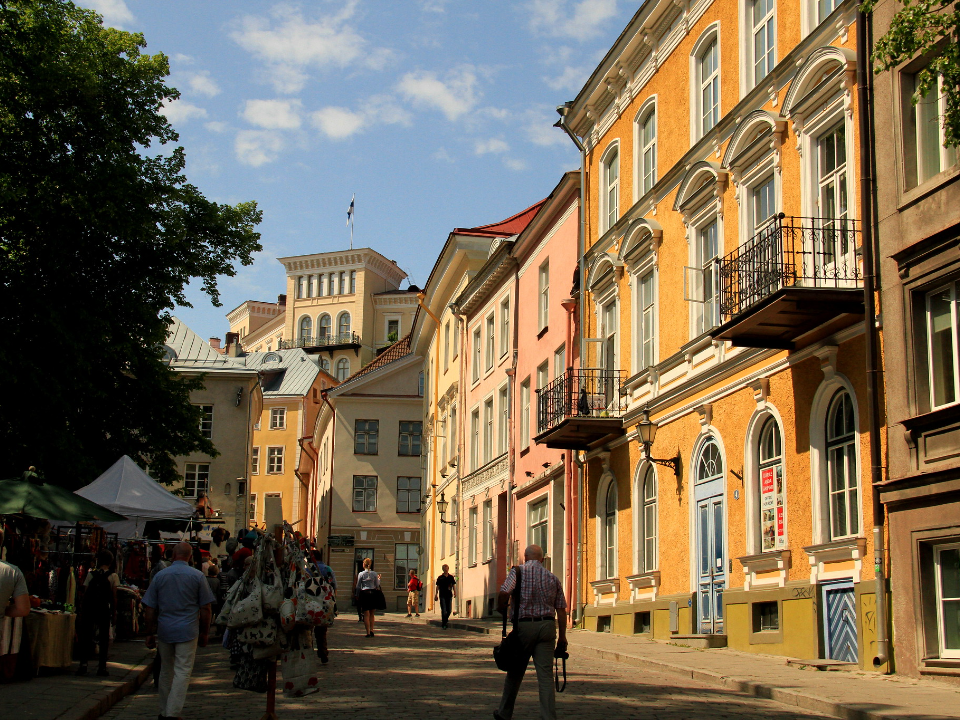
Tallinn, the capital of Estonia, is known for its well-preserved medieval Old Town, which is a UNESCO World Heritage site. The Alexander Nevsky Cathedral, with its onion domes and intricate design, is a striking example of Russian Revival architecture. The Town Hall Square, surrounded by colorful buildings, is another iconic spot in the city. Tallinn’s architecture blends medieval, Gothic, and Russian influences, creating a visually appealing town.
The cobbled streets of Tallinn’s Old Town are lined with beautifully restored buildings, many dating back to the 13th century. The city’s historic walls and watchtowers are a testament to its rich past. Tallinn’s architecture is a mix of medieval grandeur and European charm, making it one of the most enchanting towns in Europe.
Cinque Terre, Italy
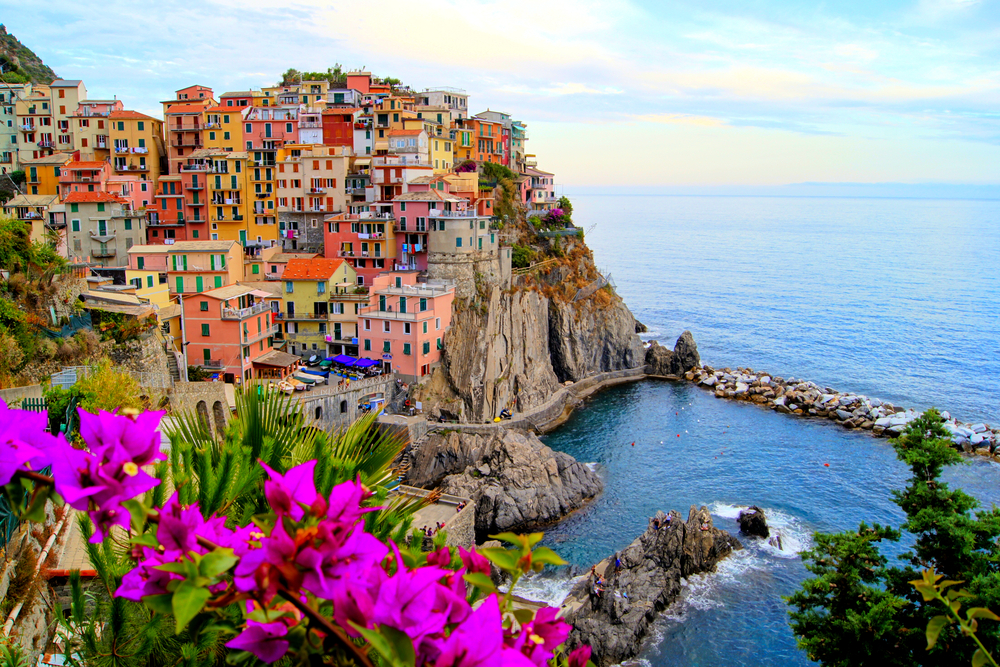
Cinque Terre is a stunning collection of five seaside towns along the Italian coast, known for their colorful, cliffside houses. The architecture in this region is built to withstand the harsh coastal weather, with buildings carefully constructed on steep slopes. The narrow streets and charming buildings are painted in a range of bright colors, creating a picturesque scene. The towns of Monterosso, Vernazza, and Manarola are particularly famous for their vibrant buildings and stunning sea views.
The buildings of Cinque Terre have a rustic, yet charming, quality that adds to the region’s beauty. The pastel-colored facades and winding paths give the towns a romantic feel, making them perfect for leisurely strolls. The region’s unique combination of nature and architecture creates an unforgettable experience for visitors. The towns are not just visually appealing but have a historical and cultural significance that draws travelers from around the world.
Lausanne, Switzerland
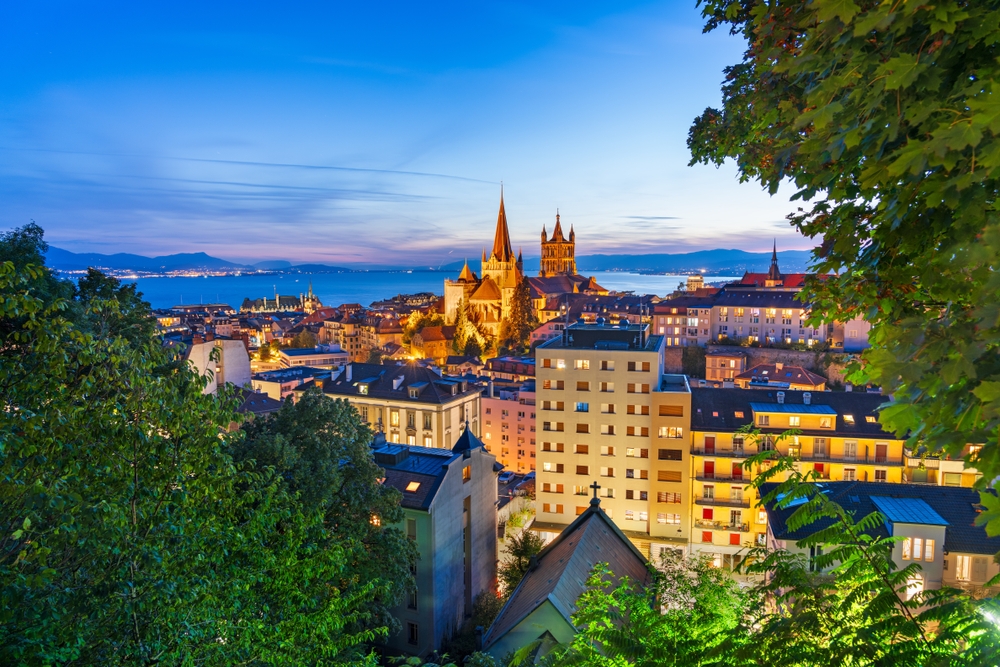
Lausanne is known for its stunning blend of modern and historic architecture, set against the backdrop of the Swiss Alps. The Olympic Museum, with its sleek, contemporary design, showcases the city’s modern side, while the Lausanne Cathedral is a prime example of Gothic architecture. The old town of Lausanne is full of narrow streets and medieval buildings, providing a glimpse into the city’s past.
The city’s architecture blends the charm of its medieval roots with contemporary design. The Lausanne Cathedral, with its detailed facade and towering spire, dominates the skyline, while the Olympic Museum offers a more modern contrast. Walking through the city’s historic center, you’ll find beautifully restored buildings that preserve the essence of Lausanne’s past.
Siena, Italy
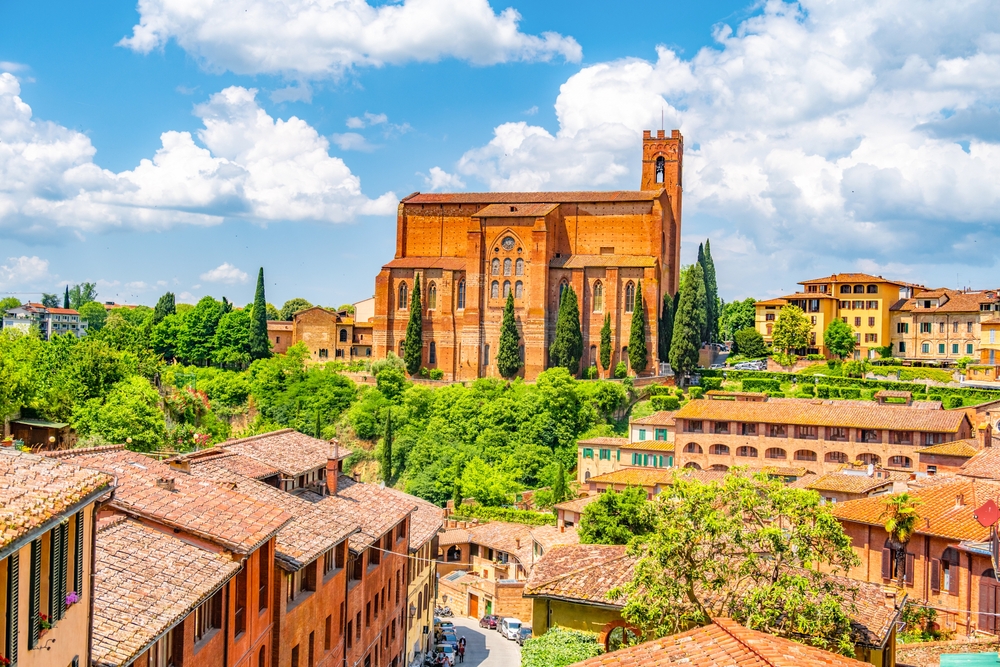
Siena is a stunning medieval town in Tuscany, known for its well-preserved architecture and picturesque streets. The Piazza del Campo, a unique shell-shaped square, is surrounded by magnificent buildings, including the Palazzo Pubblico. The Siena Cathedral, with its striped marble facade, is one of Italy’s most impressive Gothic structures. The town’s medieval buildings, combined with its vibrant history, create a charming atmosphere.
The architecture in Siena is a perfect example of Gothic and Romanesque design, with intricate details on every building. The town’s narrow alleys and stone-paved streets add to the medieval feel, making it a delightful place to explore. Siena is known for its stunning architectural harmony, where every building contributes to the town’s beauty. The preserved town center remains a prime example of Italy’s architectural heritage.
Zurich, Switzerland
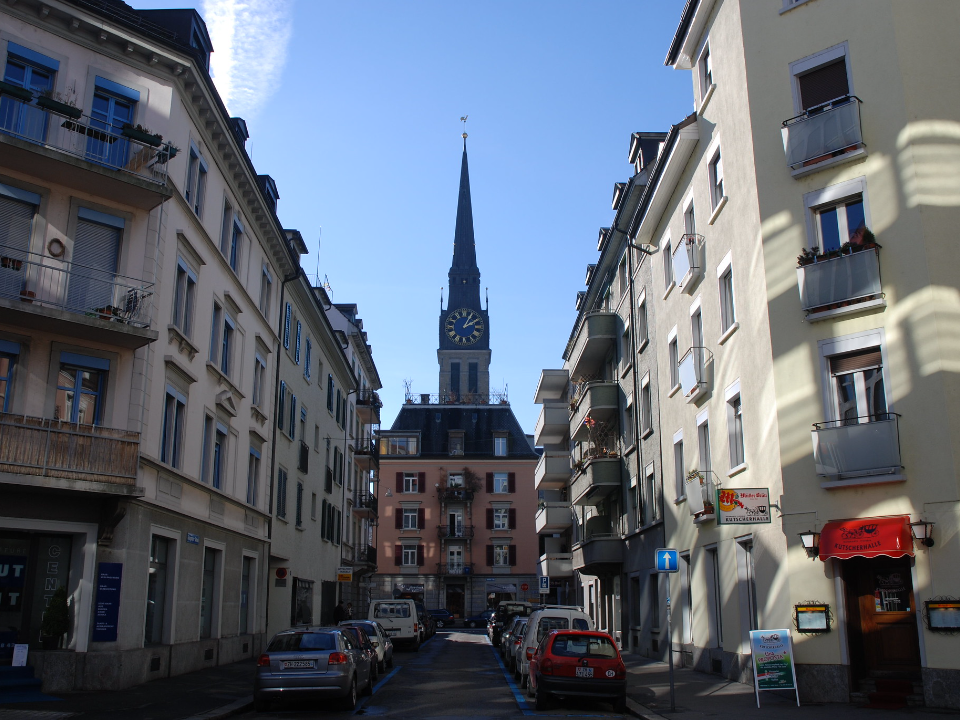
Zurich is a city that combines modern Swiss design with historical charm. The Fraumünster Church, with its famous Chagall windows, and the Grossmünster Church, with its Romanesque architecture, are key highlights of Zurich’s skyline. The city’s old town, with its medieval buildings and narrow, cobbled streets, provides a glimpse into its past.
The city boasts an impressive mix of architectural styles, from medieval churches to modernist designs. Zurich’s Bahnhofstrasse is one of the world’s most exclusive shopping streets, lined with luxurious buildings. The city’s well-maintained architecture tells the story of its transformation from a medieval town to a bustling metropolis. Zurich’s blend of old and new creates a visually compelling experience for visitors.
Edinburgh, Scotland
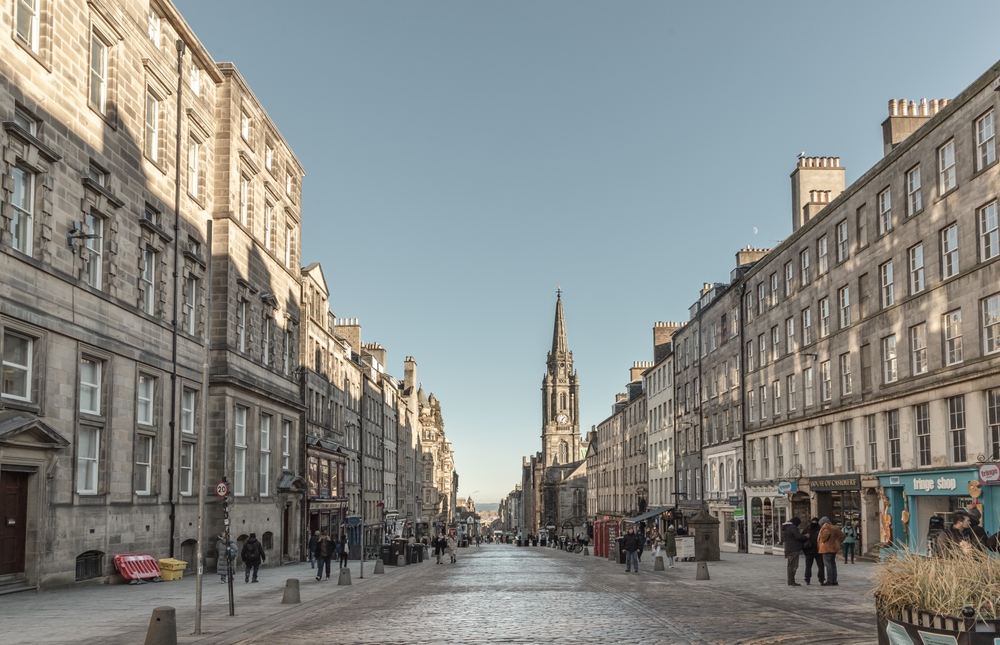
Edinburgh is a city steeped in history and filled with stunning architecture. The Edinburgh Castle, perched on a volcanic rock, dominates the skyline with its grand stone structures. The Royal Mile, lined with historical buildings, leads visitors through the heart of the city, showcasing Georgian and medieval designs. The city is also known for its neoclassical architecture, with the National Gallery and the Scottish National Portrait Gallery offering a glimpse into Scotland’s artistic heritage.
The Old Town and New Town of Edinburgh are both UNESCO World Heritage sites, each with its own architectural charm. The historic buildings of the Old Town feature narrow alleys and towering spires, while the elegant streets of the New Town are known for their classical design.
This article originally appeared on Avocadu.
